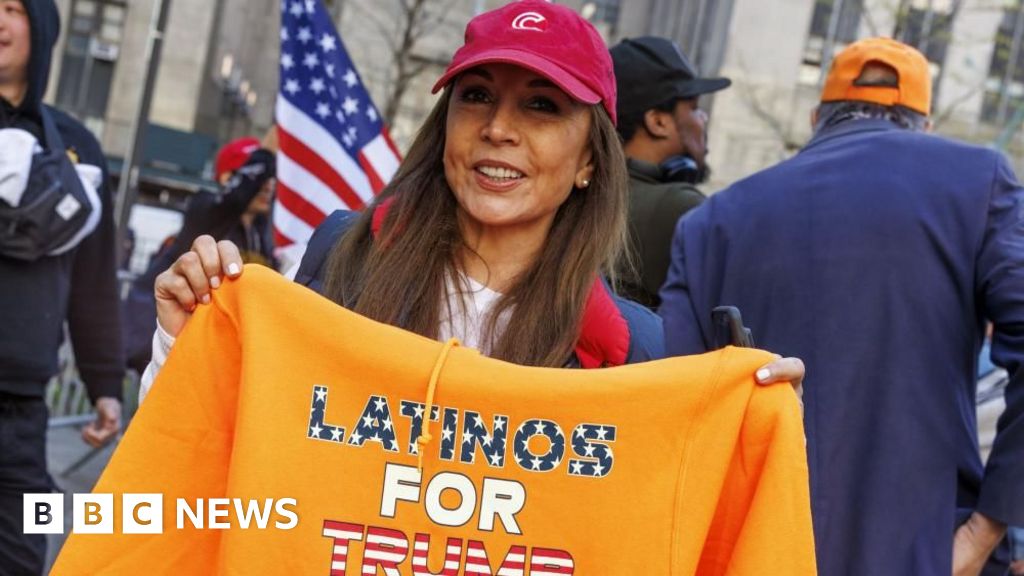Summary
“It’s simple, really. We liked the way things were four years ago,” said Samuel Negron, a Pennsylvania state constable and member of the large Puerto Rican community in the city of Allentown.
Donald Trump achieved a decisive victory over Kamala Harris, capturing key demographics that traditionally supported Democrats. He gained substantial support from white working-class voters, saw a 14-point increase among Latino voters, and performed better than expected with younger voters, especially men.
Economic concerns, particularly inflation, were central to Trump’s appeal, with voters across states like Pennsylvania, Michigan, and Wisconsin favoring his promises of lower prices and stricter immigration policies.
Harris struggled to retain support in diverse and working-class areas, as voters blamed Democrats for economic hardships.



Like I said, be mad if you want. Doesn’t change anything. His vote still counts the same as mine and everybody else’s. You still live in a world where you need that guy to be on your side. You can either shout at the wind that the world isn’t the way you think it should be or figure out how to improve the world that is actually in front of you.
Guy isn’t trying to ingratiate himself with anybody. He just told you what he was trying to do—make the world better for himself and his family. In particular, he wants to spend less on groceries. Low information voters might not be able to connect the dots between supreme court nominations, monetary policy, and broad economic trends, but they will unfailingly notice they’re spending 20% more on groceries than they did four years ago. You want to point out that it’s not the Democrats fault inflation ballooned out of control? I’m right there with you. I voted that way in Pennsylvania. That guy doesn’t care. He voted the other way because he wants cheaper groceries and as far as he can tell, Democrats didn’t get it done. Calling him a moron and Nazi ally isn’t going to change that.